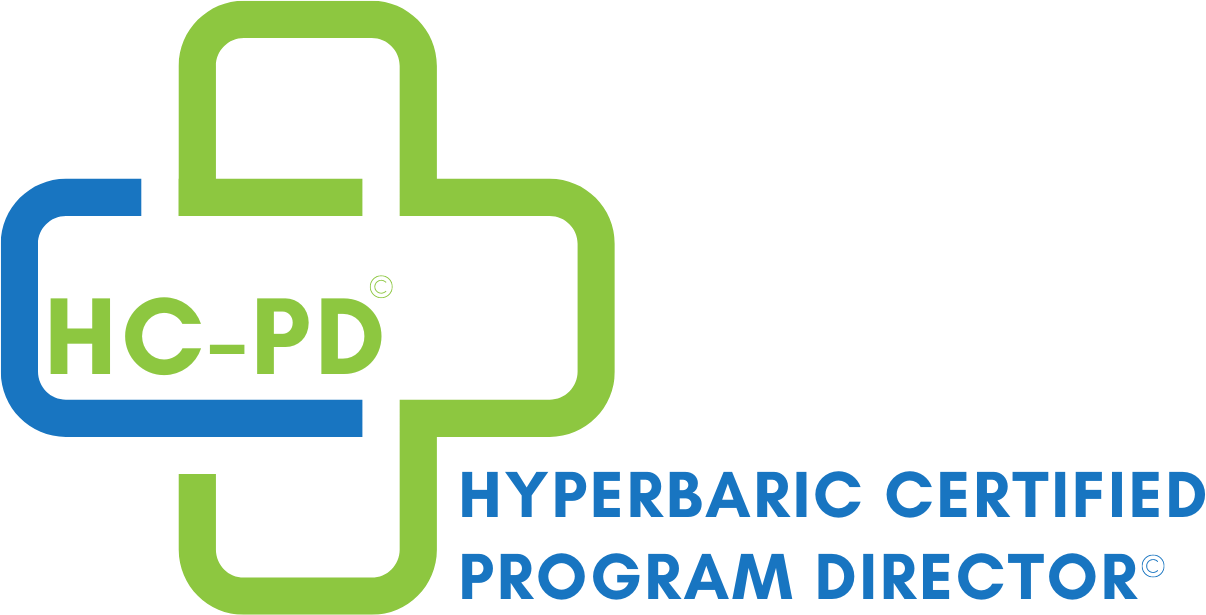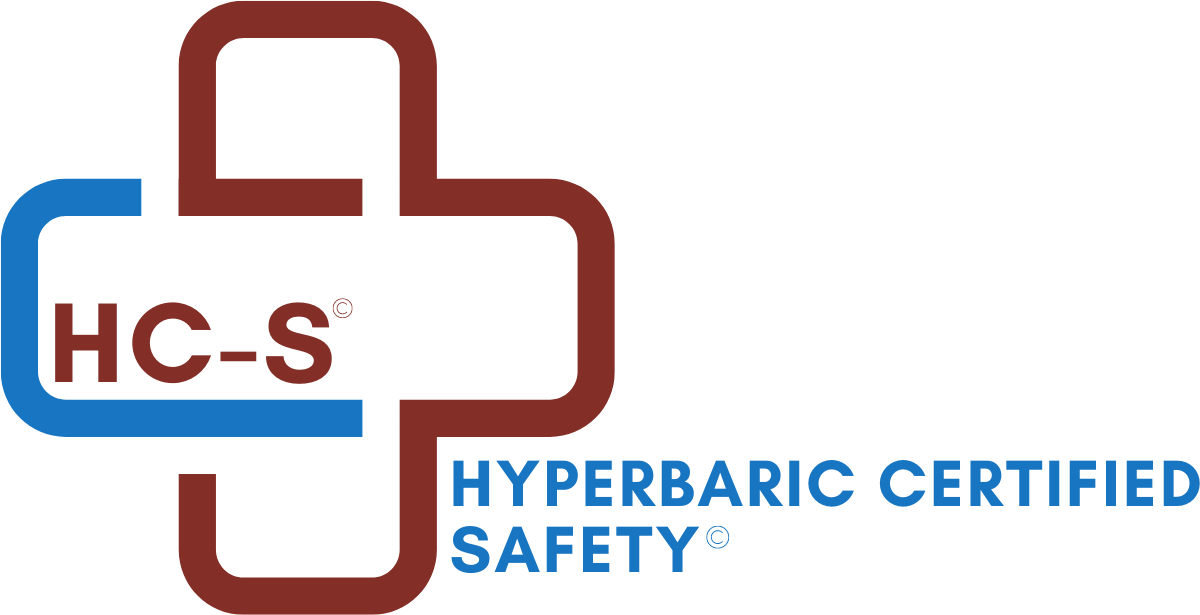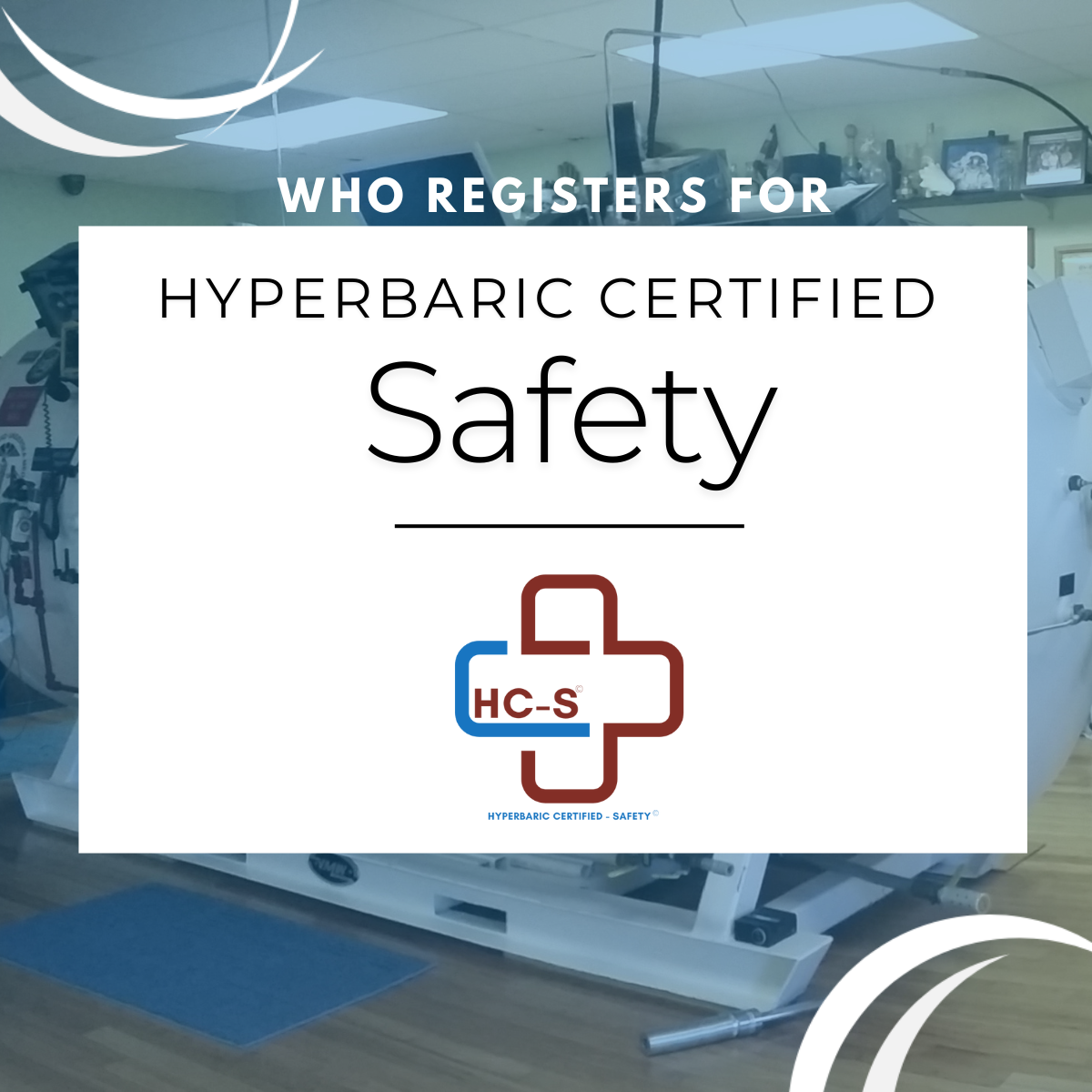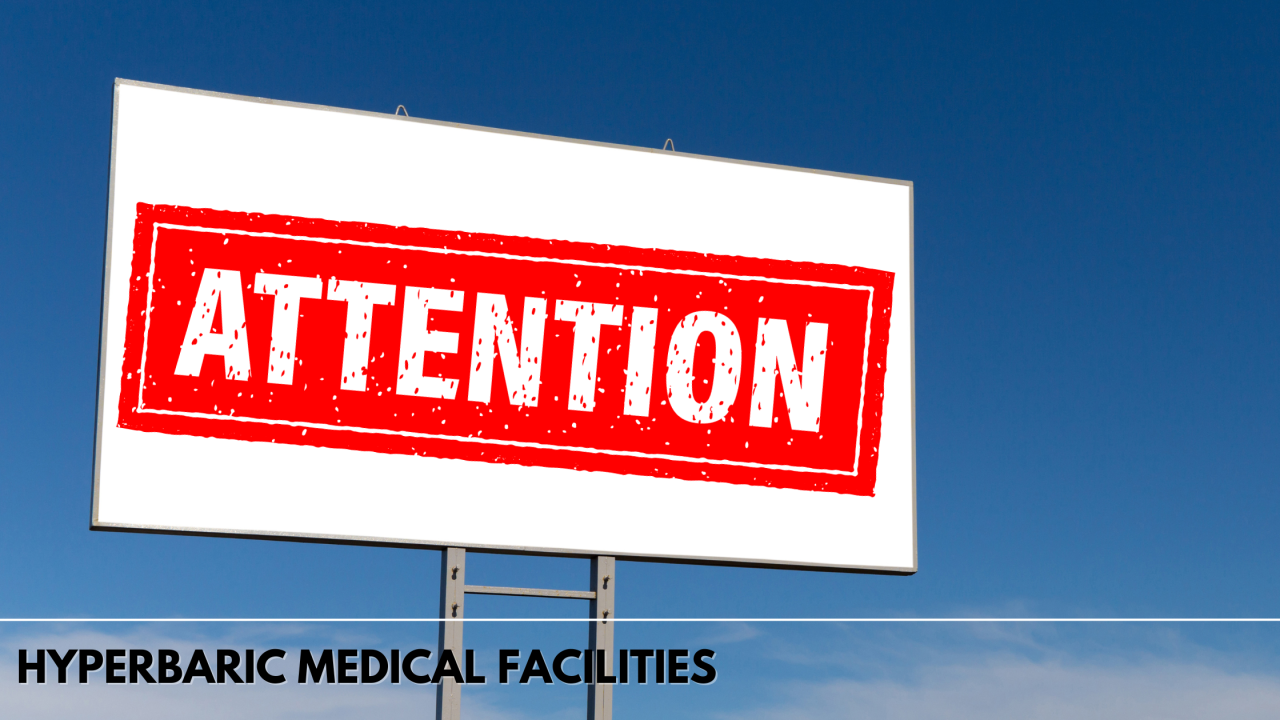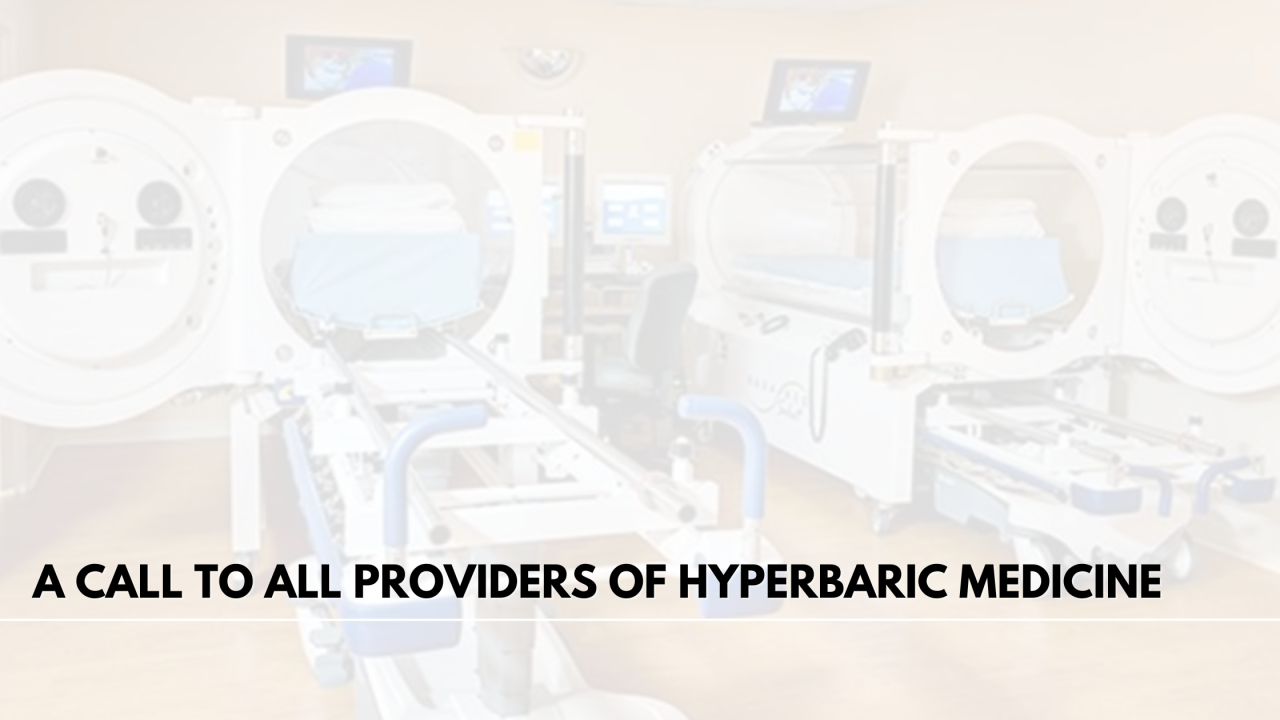Have you heard of the Hyperbaric Certified - Safety (HC-S©) designation?
Rx Pad
IMPORTANT ANNOUNCEMENT
Do you find yourself performing tasks in hyperbaric safety or as a Hyperbaric Program Director or Business Manager?
Are seeking advancement in the field of hyperbaric medicine? If so, this is an important weekend for you. Please read.
We receive a number of phone calls each week from folks inquiring how to become a Hyperbaric Technician, which is an added qualification to certain baseline credentials.
This article provides an update on the tragic death of 5-year-old Thomas Cooper in a hyperbaric chamber fire on January 31, 2025, in Troy, Michigan; and an important call to action to all providers of hyperbaric medicine from the Executive Director of the Undersea and Hyperbaric Medical Society.
Calling out to all Clinic managers, administrators, billers/coders, and medical directors:
Did you know there are ways to:
Manage revenue cycle to meet (and exceed) budget goals
Discover patient revenue left on the table due to incorrect medical coding
Increase patient load Become a profit center for the hospital
Five years ago Wound Care Education Partners wrote a blog "How to Become Certified in Hyperbaric Medicine". In those years since the original post the field Hyperbaric Medicine has grown significantly. According to hyperbaric oxygen therapy market insights the CAGR (Compound Annual Growth Rate) for hperbaric medicine s expected to increase by 5.8% over the next four years. (TechNavo; Jan 2025, "Hyperbaric Oxygen Therapy Market Size 2025-2029" )
This 5th Edition of Hyperbaric Medicine Practice, captained by Dr. Harry T. Whelan, is the most robust and monumental information source for undersea and hyperbaric medicine to date. Split into two volumes due to its size and detail, this 5th edition boasts six new chapters. With the help of 70 contributors from all over the world, Hyperbaric Medicine Practice has become the go-to authority for both studying and practicing hyperbaric medicine professionals.
HYPERBARIC MEDICINE & WOUND CARE TRAININGS
The 2025 January through March training courses are filling up quickly for wound care certification basic training, basic training in hyperbaric medicine, hyperbaric safety director training, and clinic business trainings.
Join us for in-person training for:
Have you ever attended one of our Introduction to Hyperbaric Medicine courses? Last week we had the pleasure of learning from Dr. Michael White, MD, UHM, MMM, CWS who taught Day 2 of the 4-day program.
